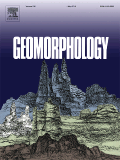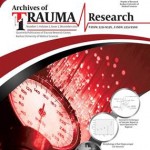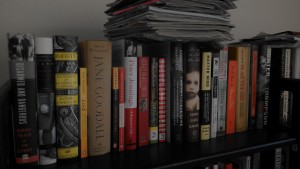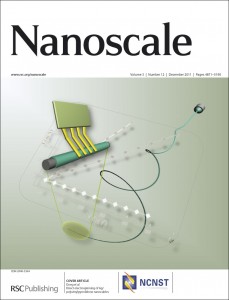 Chemical Communications has retracted a 2015 article by a group of researchers in China over concerns about fabricated data and an incredible shrinking list of authors.
Chemical Communications has retracted a 2015 article by a group of researchers in China over concerns about fabricated data and an incredible shrinking list of authors.
The paper, “N, S co-doped graphene quantum dots from a single source precursor used for photodynamic cancer therapy under two-photon excitation,” was ostensibly written by nine researchers at the Collaborative Innovation Center for Marine Biomass Fiber, Materials and Textiles of Shandong Province, the Shandong Sino-Japanese Center for Collaborative Research of Carbon Nanomaterials, Laboratory of Fiber Materials and Modern Textiles, the Growing Base for State Key Laboratory at the College of Chemical Science and Engineering at Qingdao University, and Mayo Clinic, in Rochester, Minn.
According to the abstract: Continue reading Scientists “wish to resign as co-authors:” Quantum dot paper retracted







